15 Free Material Texture transparent PNG images
Explore our Material Texture collection featuring 15 free AI-generated images that showcase diverse surface patterns, finishes, and material properties. From photorealistic wood grain and metal surfaces to abstract textile patterns and innovative 3D material renderings, our collection offers high-quality stock photos, 3D objects, vectors, and illustrations. Each image is available for high-resolution download, and you can customize any texture using our 'open in editor' feature to adjust the prompt and regenerate variations that match your specific needs.
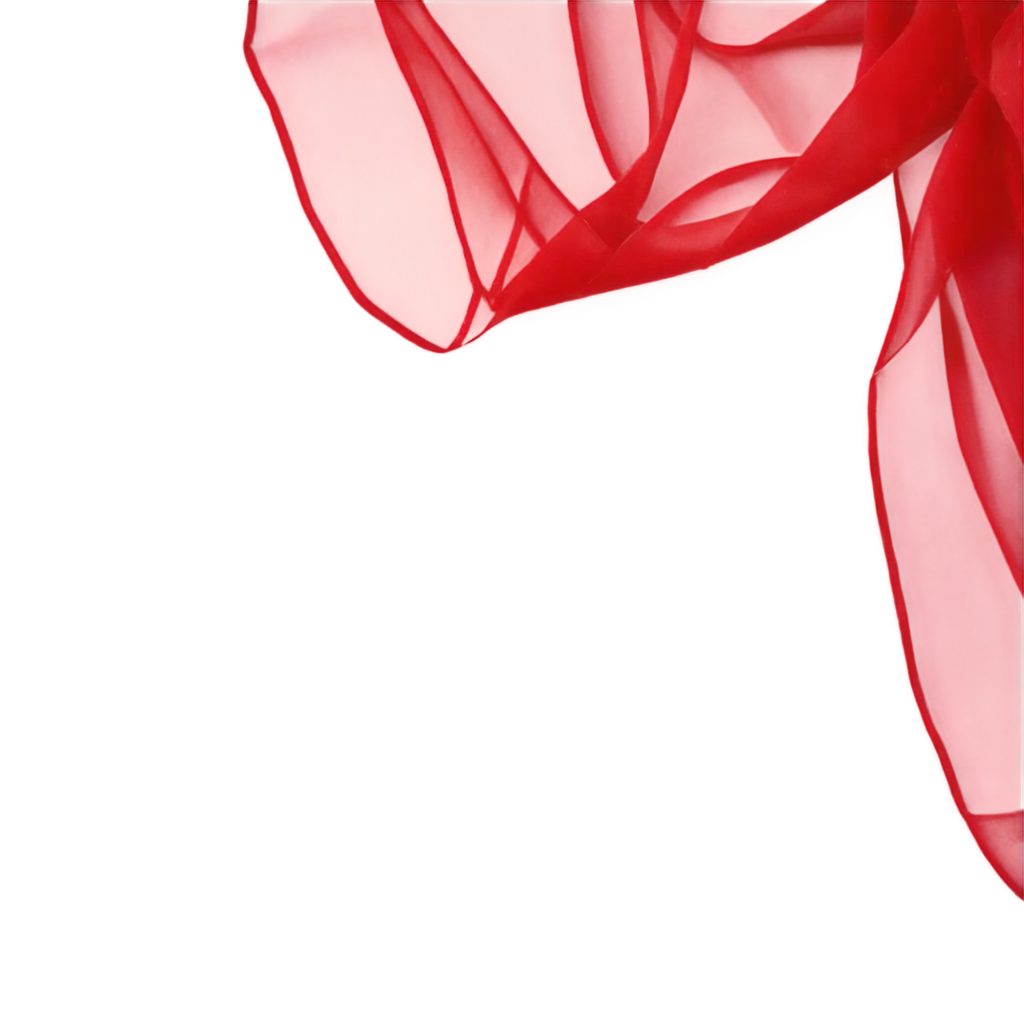

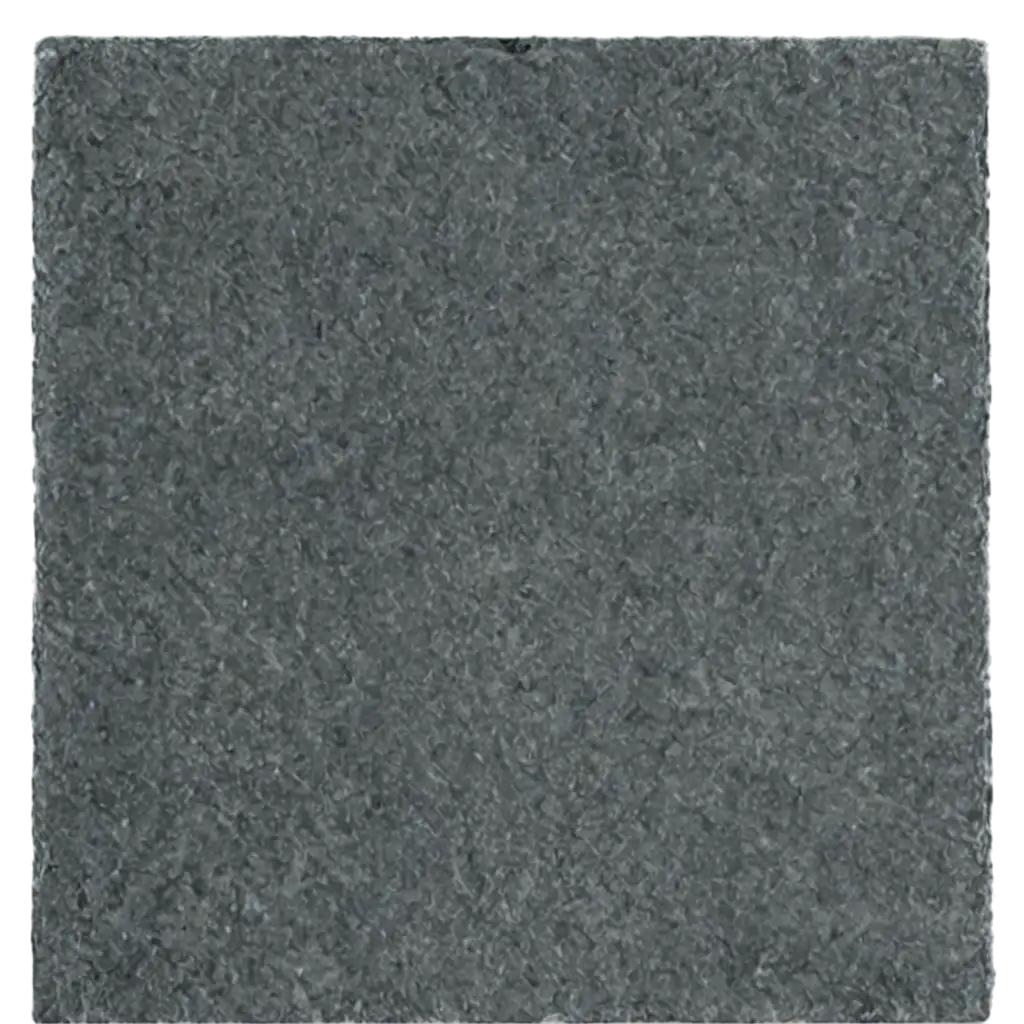
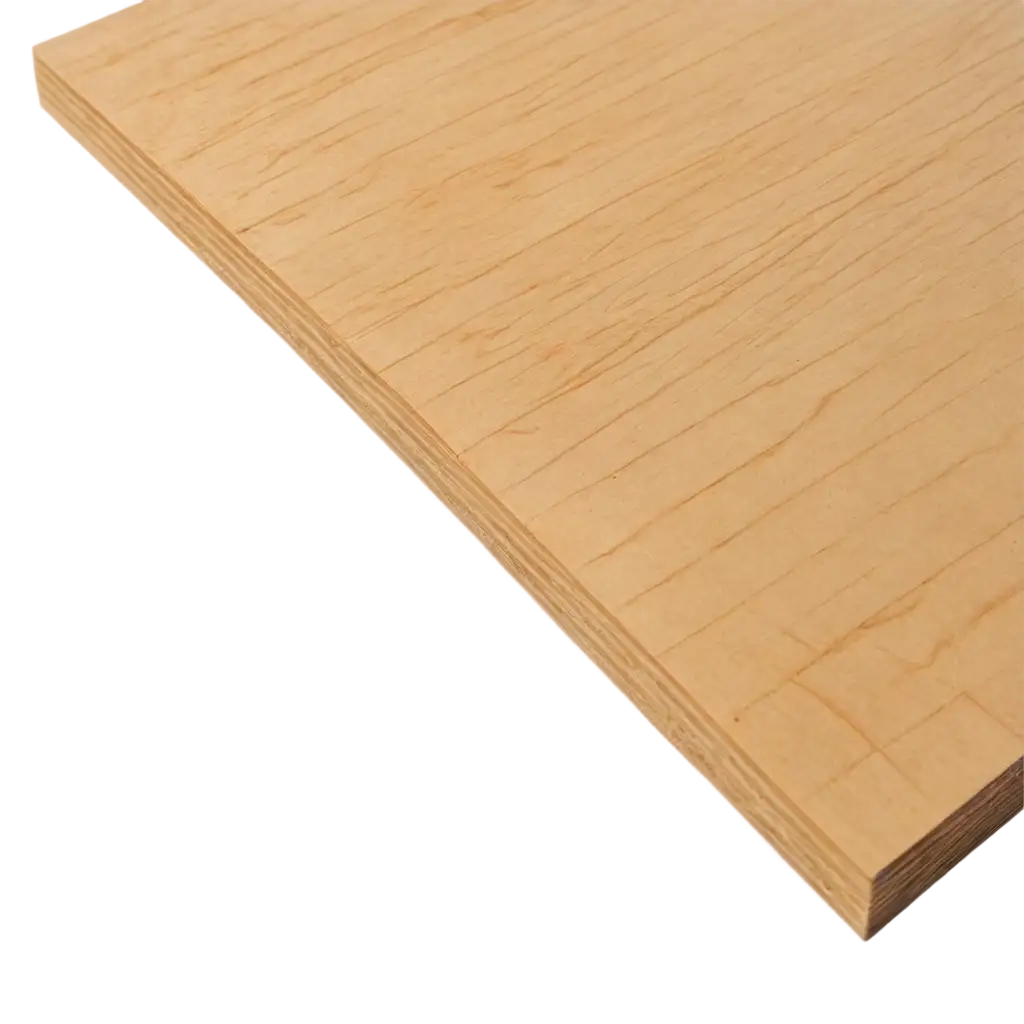
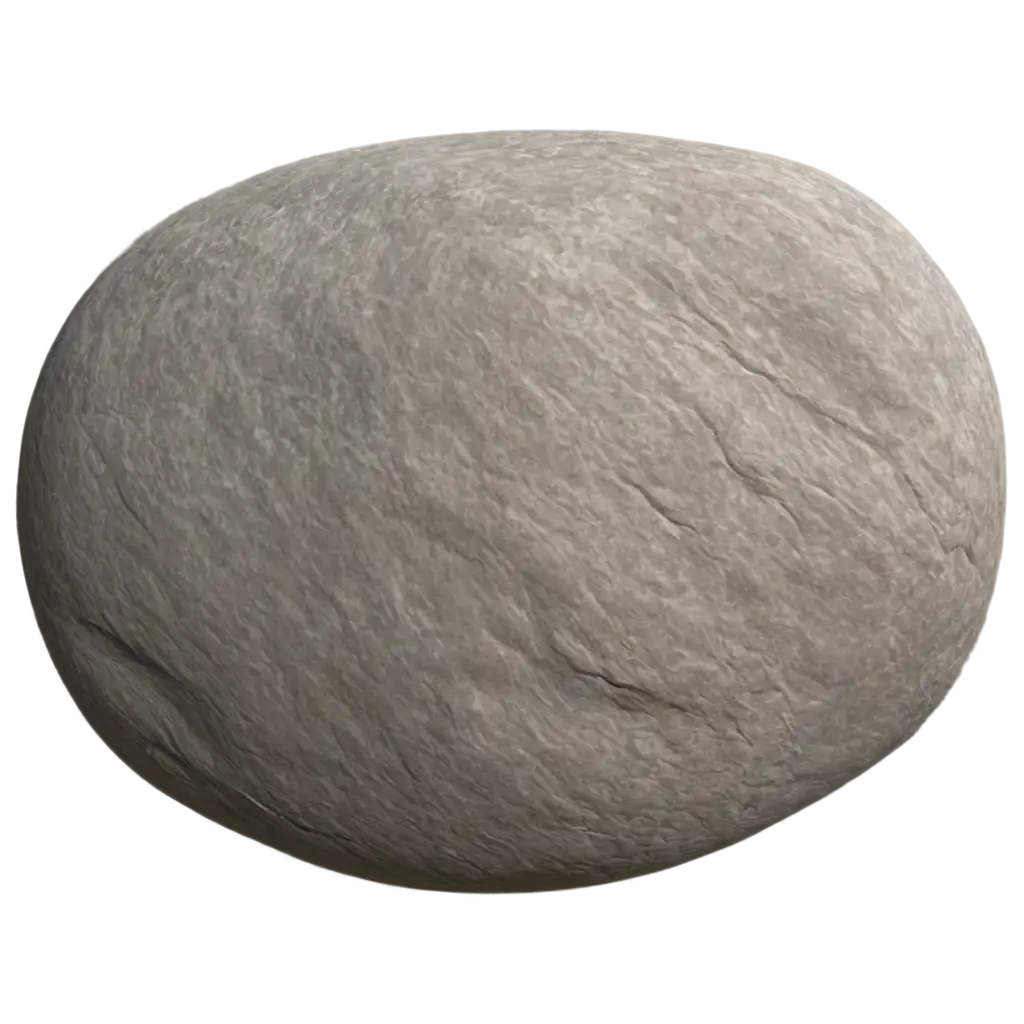

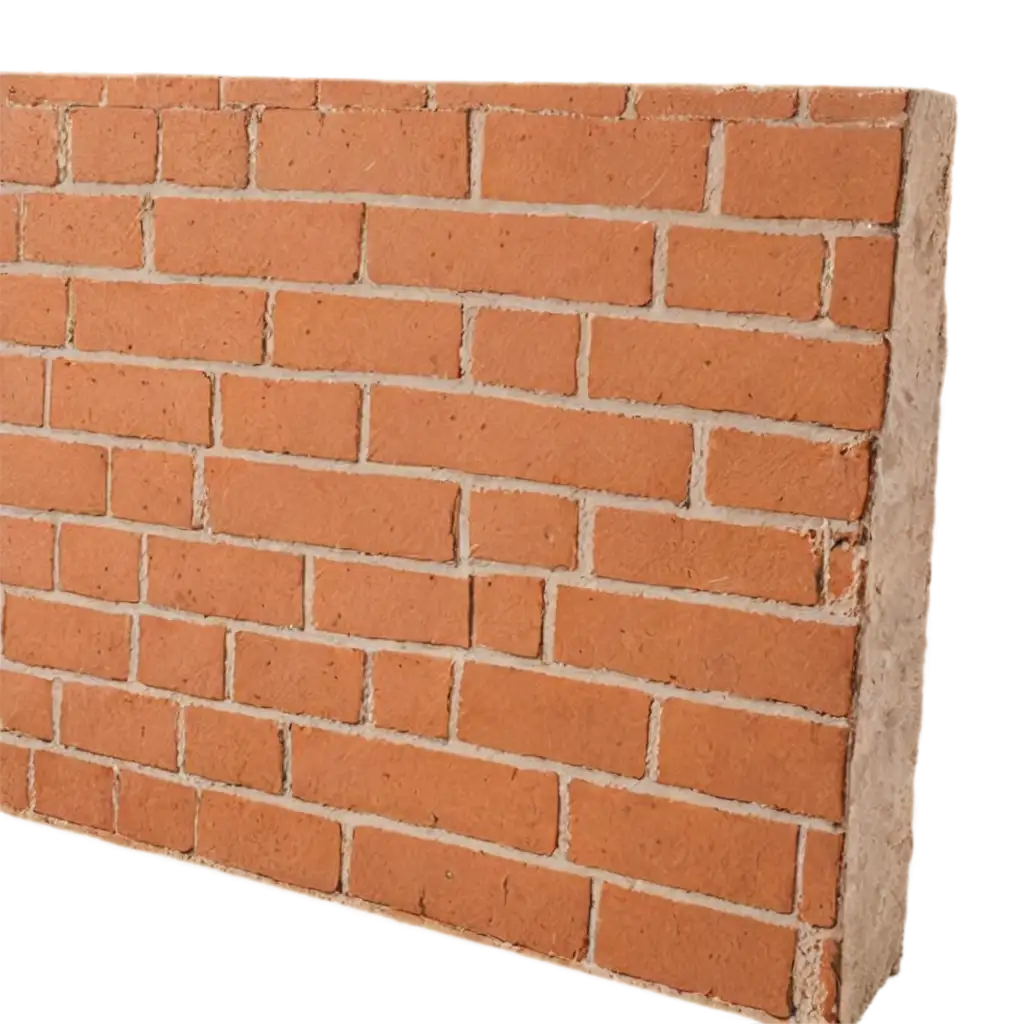
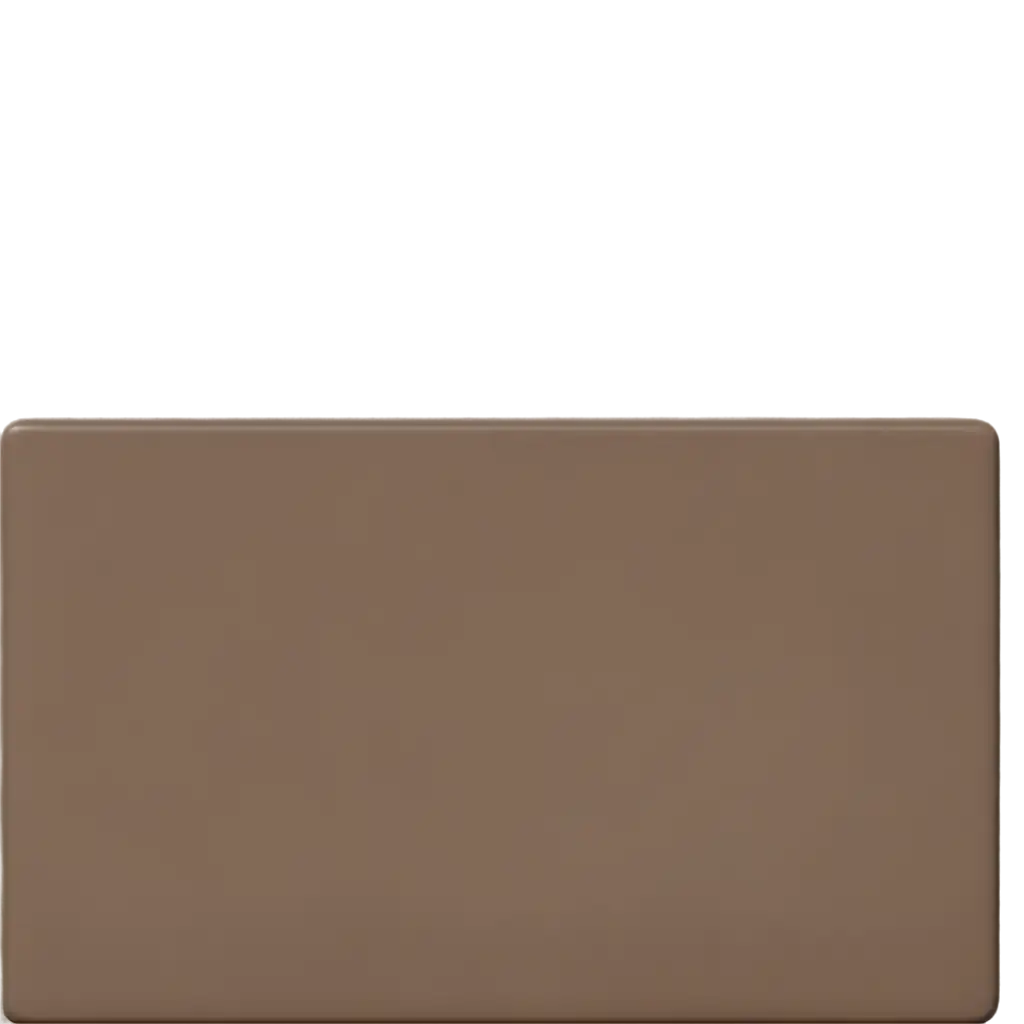
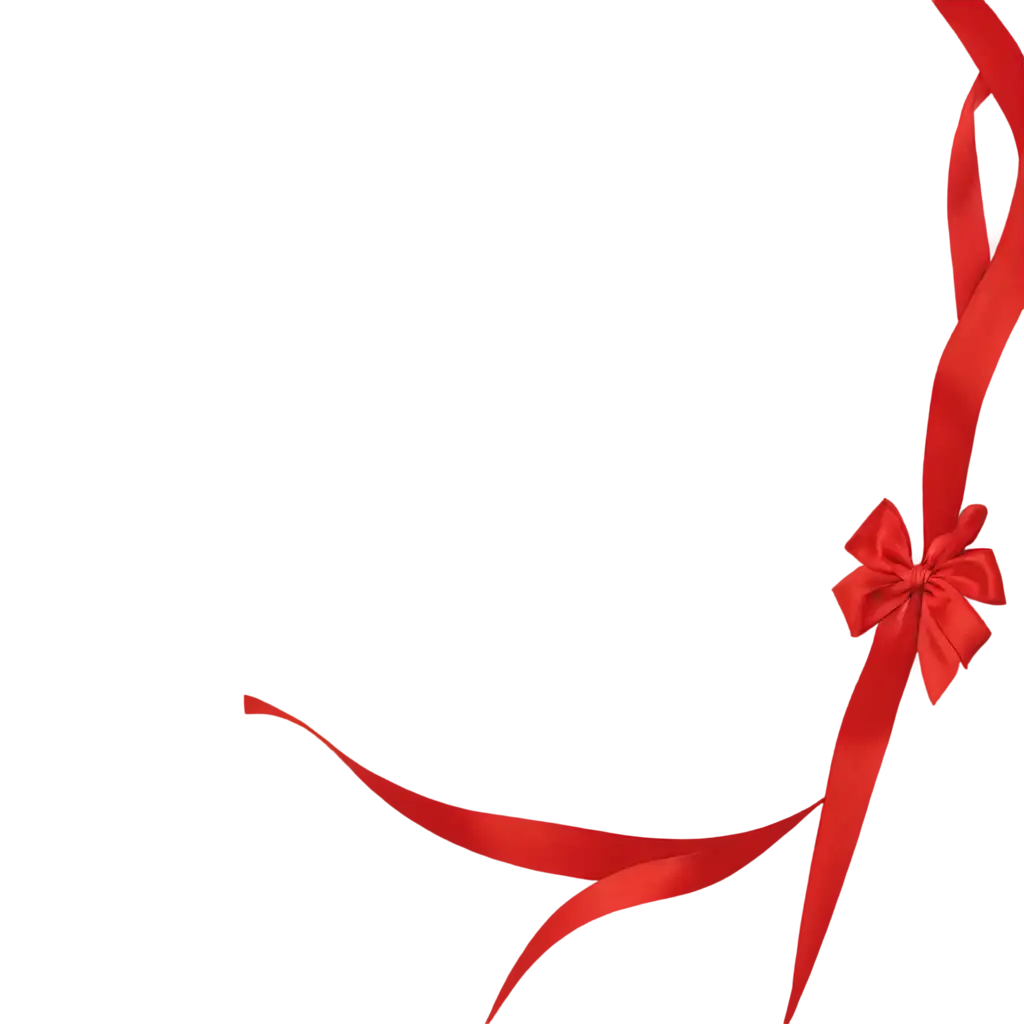
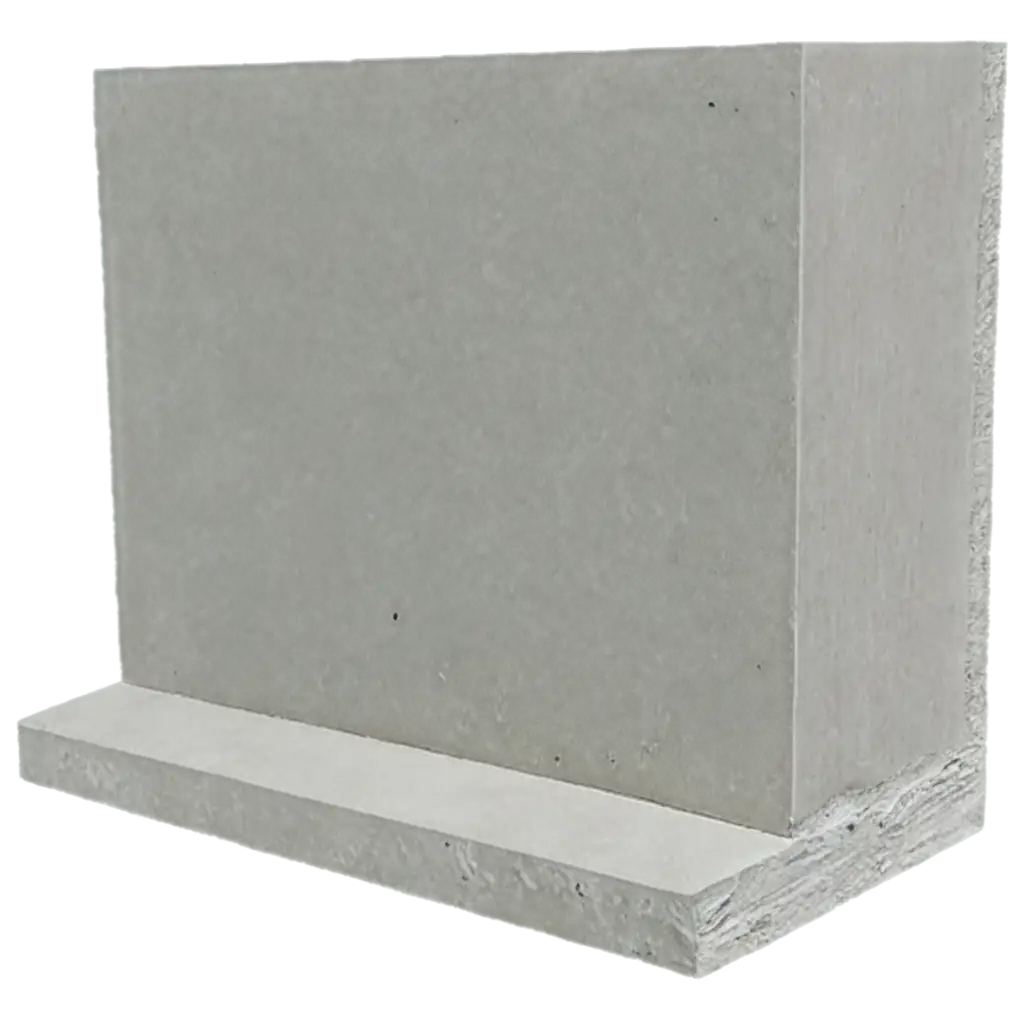
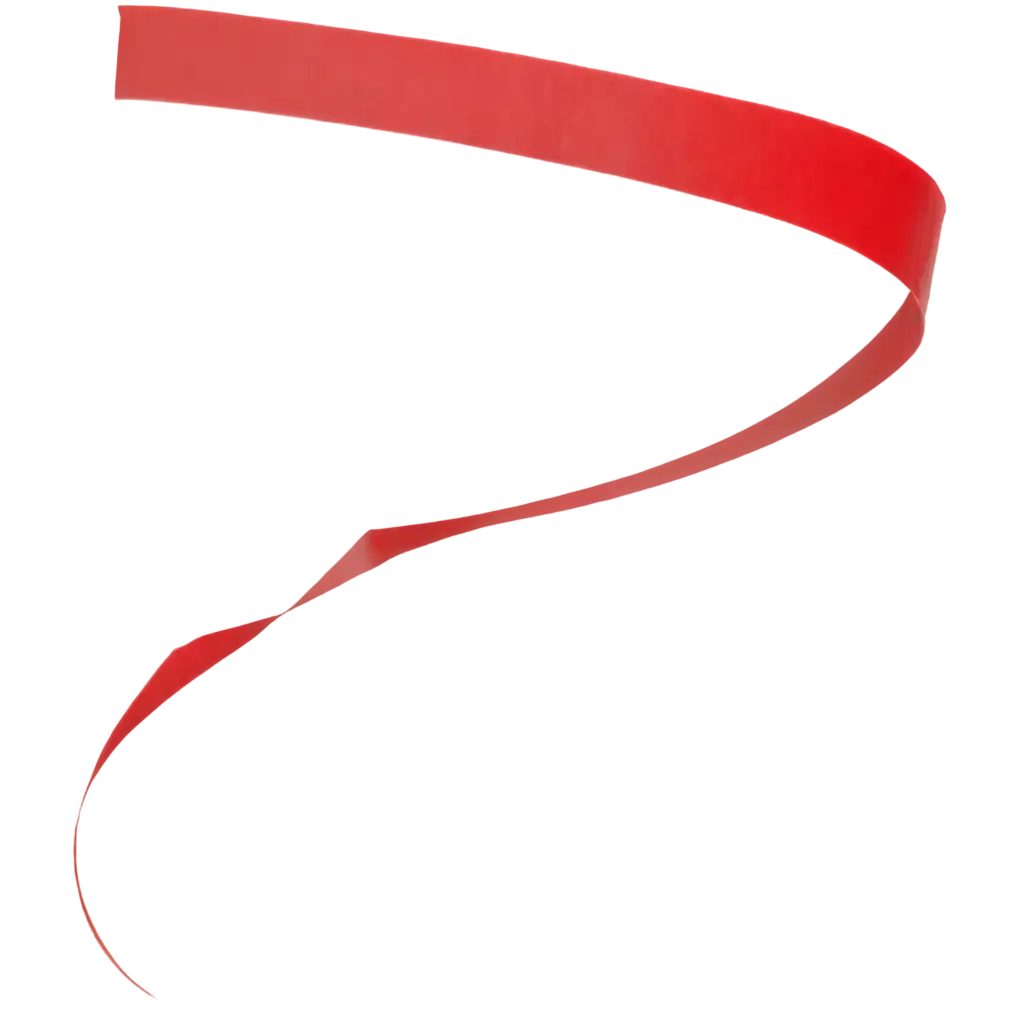



Related Tags
Material textures are visual and tactile characteristics that define how surfaces look and feel. In the digital realm, these textures encompass both photorealistic representations of real-world materials and abstract interpretations of surface patterns. The fundamental elements include color variation, surface roughness, reflectivity, and pattern repetition. AI-generated material textures have revolutionized the field by enabling the creation of highly detailed, physically accurate surface representations while also allowing for innovative combinations and variations that might not exist in nature. These textures are essential in various fields, from architectural visualization to game design, providing crucial visual information about material properties and enhancing the realism of digital environments.
Understanding Material Textures: From Physical Properties to Digital Representation
AI-powered texture generation has transformed the way designers and artists approach material creation. The process begins with understanding the physical properties of materials you want to represent, such as the grain pattern of wood or the weave of fabric. Key considerations include scale, seamless tiling, and environmental response factors like reflection and displacement. When working with AI tools, precise prompting is crucial - incorporating specific terms like 'seamless,' 'photorealistic,' or 'procedural' can significantly impact the output. Advanced techniques include using multiple layers to create complex materials, combining different texture maps for depth and realism, and fine-tuning parameters to achieve desired material properties. The AI's ability to analyze and recreate complex surface patterns has made it possible to generate highly detailed textures that would be time-consuming to create manually.
Creating Compelling Material Textures with AI Technology
AI-generated material textures have found widespread applications across multiple industries. In architectural visualization, they provide realistic surface treatments for building materials, enabling architects to present photorealistic renderings of their designs. Game developers use these textures to create immersive virtual environments, while product designers employ them for prototype visualization and marketing materials. The fashion industry utilizes AI-generated textures to experiment with new fabric patterns and surface treatments before physical production. These textures are particularly valuable in digital art and graphic design, where they can be used to create unique backgrounds, add depth to illustrations, or simulate various material effects. The ability to quickly generate and modify textures has streamlined production workflows and opened new creative possibilities across these industries.
Applications and Industry Uses of AI-Generated Material Textures
The future of AI-generated material textures points toward increasingly sophisticated and interactive capabilities. Emerging trends include real-time texture generation that responds to environmental conditions, adaptive materials that can seamlessly transition between different states, and improved physical accuracy in rendering complex materials like translucent or multi-layered surfaces. Machine learning models are becoming better at understanding and replicating the subtle nuances of material aging and weathering, enabling more realistic and dynamic texture evolution. We're also seeing development in procedural generation systems that can create entire families of related textures while maintaining consistent material properties. These advancements are pushing the boundaries of what's possible in digital material representation, leading to more realistic and versatile texture solutions for various applications.
Future Trends in AI Material Texture Generation